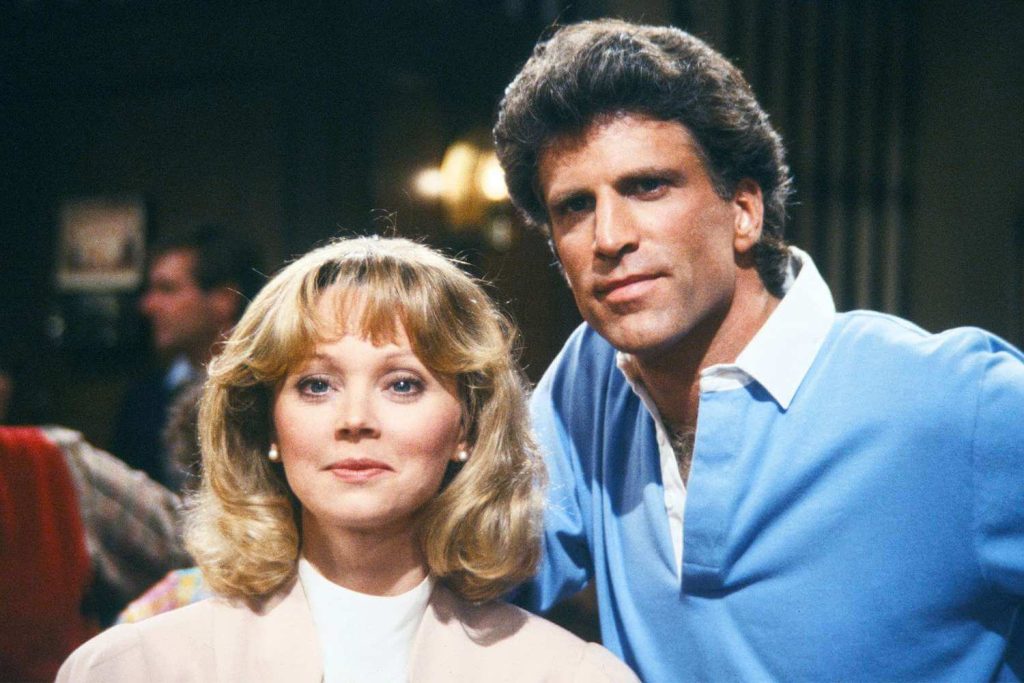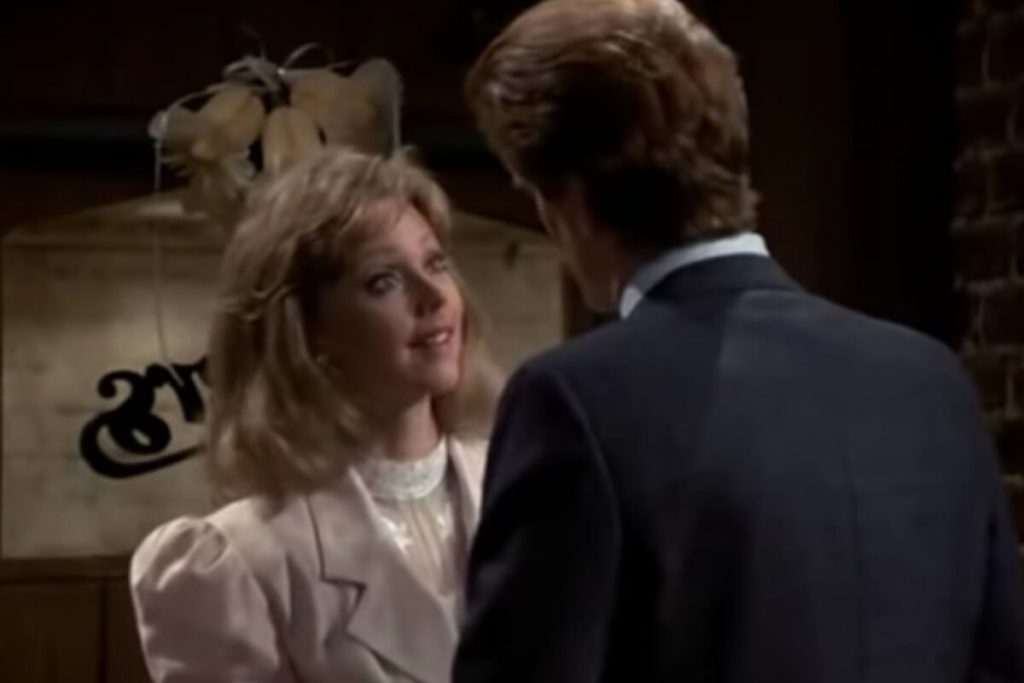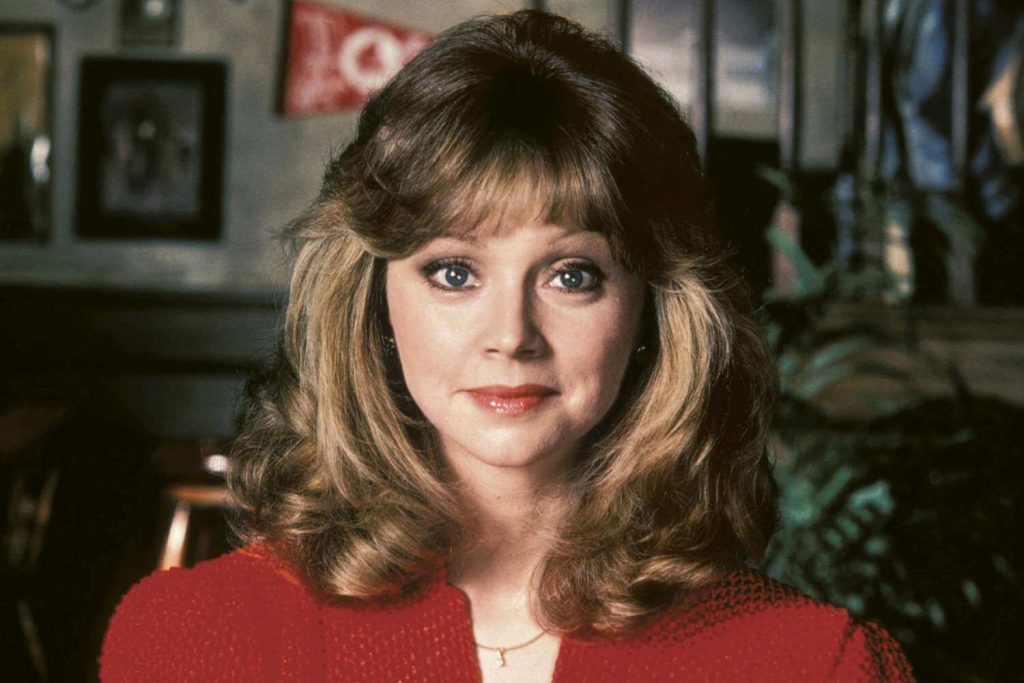World News
Shelley Long’s Indispensable Role in ‘Cheers’: A Retrospective Analysis
The television sitcom “Cheers” stands as a monumental pillar in the annals of American television history. Premiering in 1982, the show introduced audiences to a Boston bar “where everybody knows your name,” becoming a cultural touchstone over its eleven-season run. Central to its early success was Shelley Long’s portrayal of Diane Chambers, a character whose influence and significance have been lauded by both creators and critics alike. This article delves into Long’s pivotal contribution to “Cheers,” the ramifications of her departure, and the show’s subsequent evolution.
The Genesis of Diane Chambers
Diane Chambers, as envisioned by creators Glen and Les Charles, was a sophisticated, erudite woman whose life takes an unexpected turn, leading her to work as a waitress at Cheers. Shelley Long’s audition for the role left an indelible impression on the creators. Les Charles recounted, “We said often that we’re not sure that ‘Cheers’ would have survived without Shelley in that first season because she was so strong and so confident and knew exactly who the character was and who she was.” Long’s embodiment of Diane brought a unique blend of intellect, wit, and vulnerability, creating a dynamic contrast to Ted Danson’s Sam Malone, the charming, womanizing bar owner. This juxtaposition not only provided comedic tension but also laid the foundation for one of television’s most memorable romantic pairings.

The Sam and Diane Phenomenon
The chemistry between Long and Danson was palpable, giving rise to the iconic “will-they-won’t-they” dynamic that kept audiences enthralled. Their relationship oscillated between fiery confrontations and tender reconciliations, embodying a complex interplay of attraction and ideological differences. Ted Danson, reflecting on their on-screen partnership, admitted that despite initial reservations, their contrasting styles culminated in a compelling dynamic. He noted that their relationship was a “fair fight,” highlighting the balance and tension that made their interactions so engaging. This intricate portrayal of romantic tension was instrumental in driving the show’s narrative and securing its place in television history.
The Departure and Its Aftermath
After five seasons, Shelley Long made the momentous decision to leave “Cheers” to pursue a film career and focus on her family. This announcement sent ripples of concern through the show’s production team. Glen and Les Charles expressed feelings of “sheer panic,” acknowledging the integral role Diane played in the series’ fabric. Critics and fans alike speculated on the show’s viability without the central Sam-Diane dynamic. However, the introduction of Kirstie Alley as Rebecca Howe marked a new chapter. Rather than replicating the Sam-Diane relationship, the show’s writers crafted a fresh narrative arc, allowing “Cheers” to evolve while maintaining its core essence. This transition demonstrated the show’s resilience and adaptability, ensuring its continued success.

Legacy and Enduring Impact
Shelley Long’s portrayal of Diane Chambers has left an indelible mark on the landscape of television comedy. Her character’s blend of sophistication and naivety provided a rich tapestry for storytelling, influencing subsequent portrayals of strong, multifaceted female characters in sitcoms. The success of “Cheers,” bolstered by Long’s performance, paved the way for spin-offs like “Frasier,” further testament to the show’s cultural significance. Long’s decision to reprise her role in the series finale offered closure to the Sam and Diane saga, reaffirming the character’s lasting importance to the show’s legacy. Her contribution continues to be a benchmark for character development and performance in ensemble casts.
Conclusion
In retrospect, Shelley Long’s tenure on “Cheers” was not merely a chapter in the show’s history but a cornerstone that shaped its direction and success. Her portrayal of Diane Chambers brought depth, humor, and complexity, elements that resonated with audiences and critics alike. While her departure posed challenges, it also prompted creative growth, allowing “Cheers” to explore new narratives and dynamics. The show’s enduring acclaim stands as a testament to the solid foundation built during its formative years, with Long’s performance at its heart. As television continues to evolve, the legacy of “Cheers” and Shelley Long’s contribution to it remain touchstones for excellence in character-driven storytelling.
From thedragonfashion


